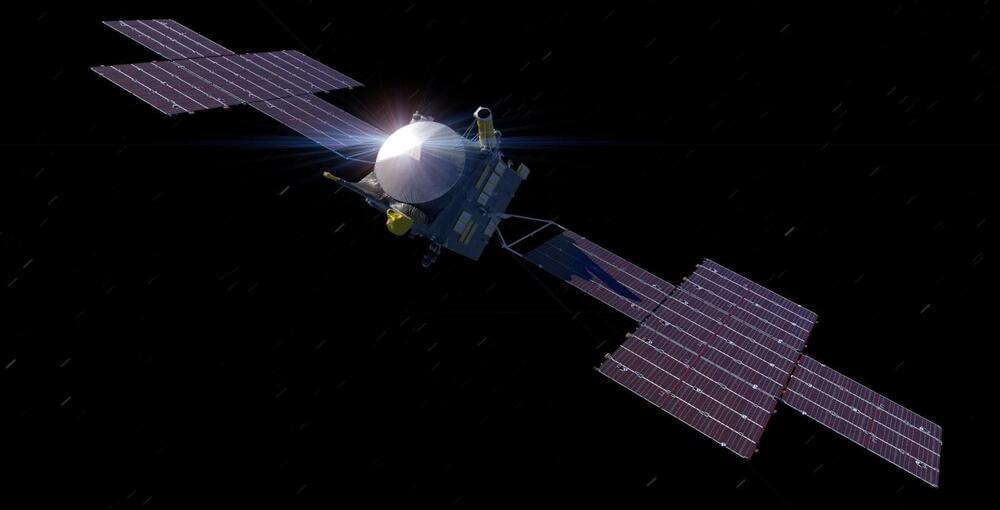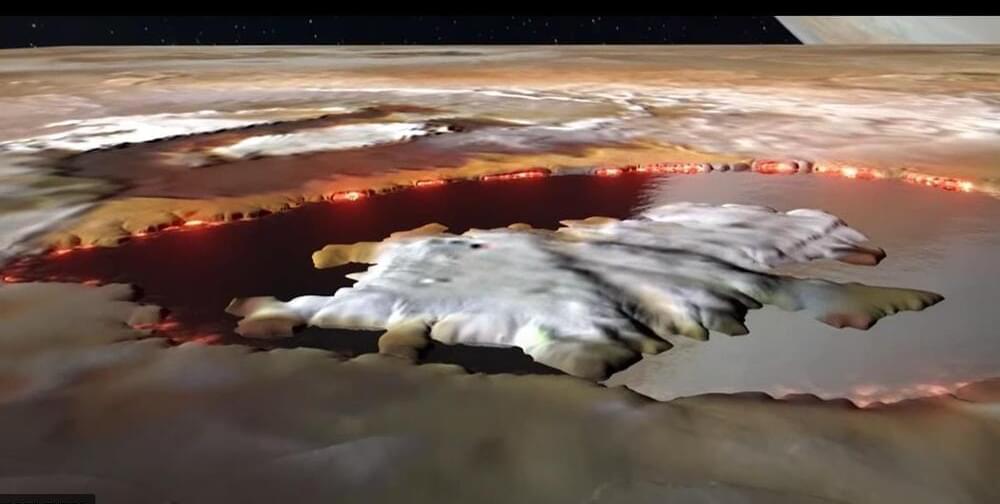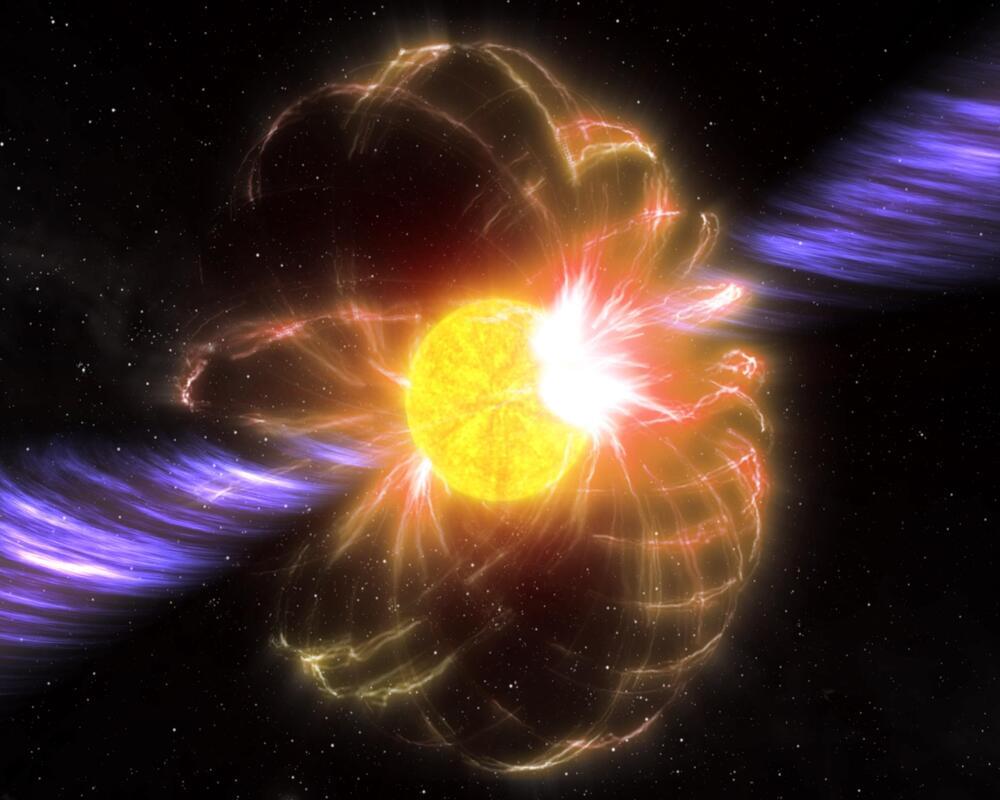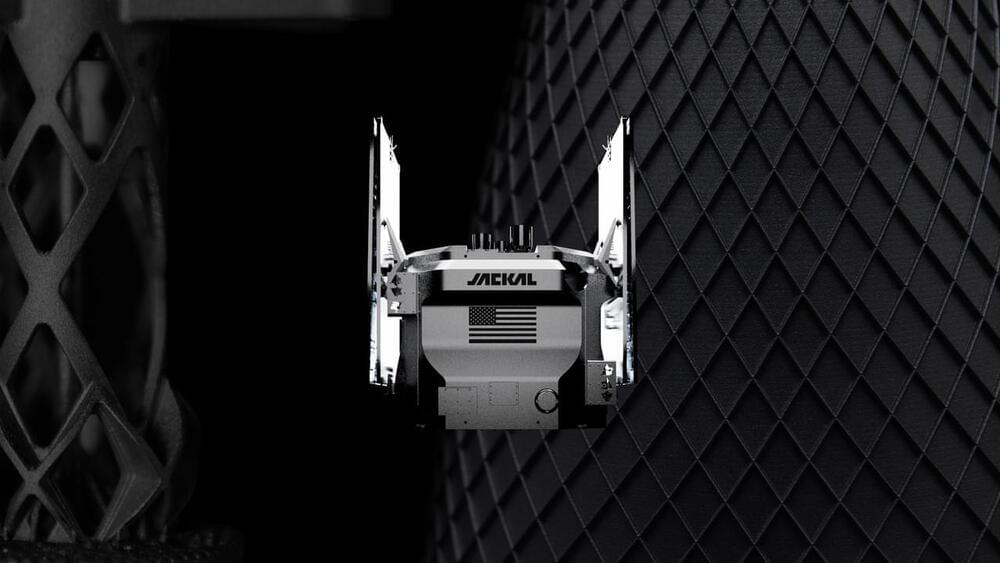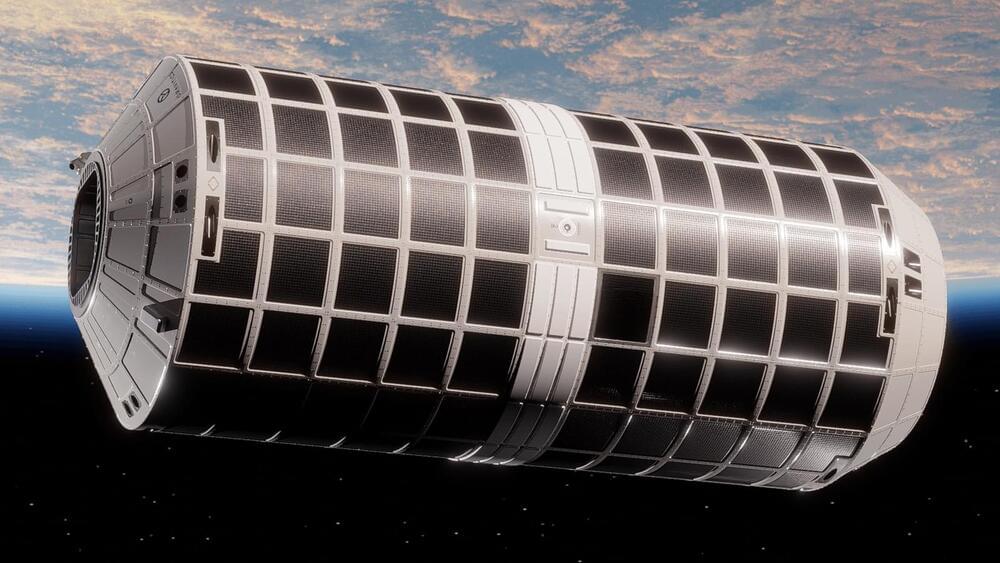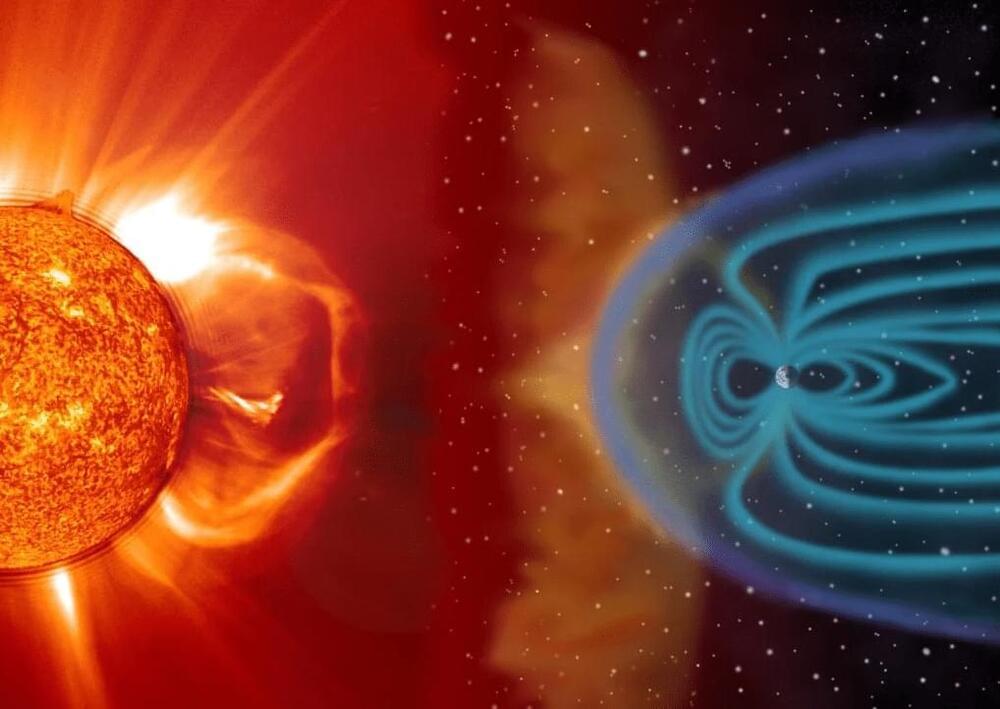Apr 30, 2024
Astronomers Think They’ve Found Examples of the First Stars in the Universe
Posted by Dan Breeden in category: space
Researchers using the JWST may have found evidence of the Universe’s first stars. Called Population III stars, they were massive and hot.

